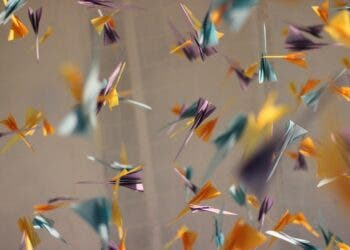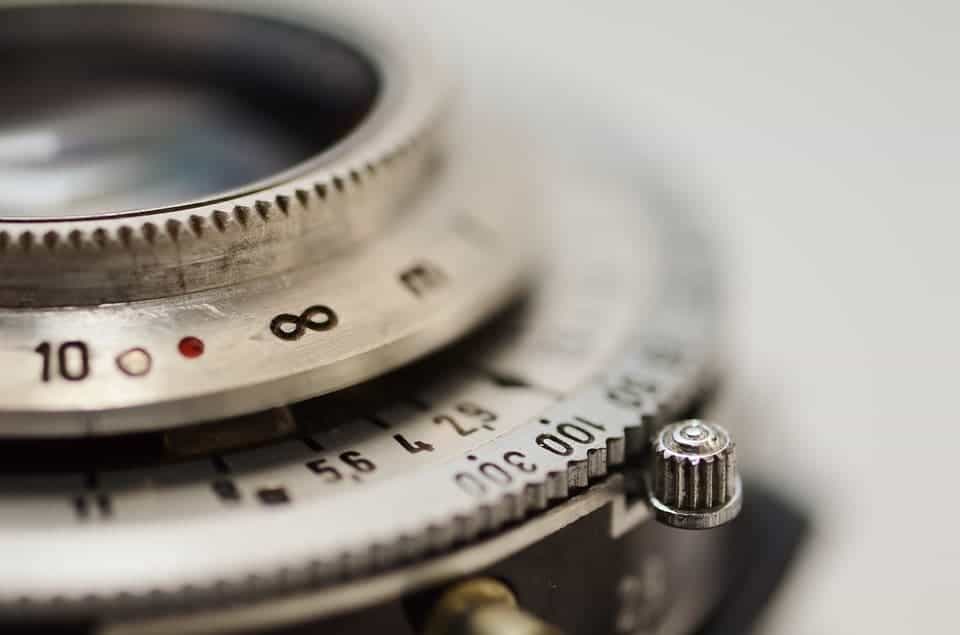
In a unique study that intertwines science and art, researchers from the California Institute of Technology (Caltech) used a technique called DNA origami to recreate the famous “The Starry Night” painting created by artist Vincent Van Gogh.
Caltech scientist Paul Rothemund created the DNA origami technique 10 years ago to fold and manipulate a long strand of DNA into any shape, acting as a scaffold that can be used to organize components on the nanoscale.
Since its initial creation, Rothenmund and his team have refined the DNA origami technique into what it is today, using electron-beam lithography to engrave binding sites that mirror the origami’s shape. The new study is the first example of their enhancements of the technique, exhibiting its ability to put fluorescent molecules into tiny light sources, a process that Rothenmund compares to screwing light bulbs into lamps.
In the study, the lamps are phototonic crystal cavities (PCCs), microscopic defects within a honeycomb of holes that are designed to resonate at a specific wavelength of light. The team aligned the PCCs into a checkerboard pattern, altering the glowing intensity of each one to create the piece of art
“A fluorescent molecule tuned to the same color as a PCC actually glows more brightly inside the cavity, but the strength of this coupling effect depends strongly on the molecule’s position within the cavity,” said Ashwin Gopinath, a senior postdoctoral scholar in bioengineering at Caltech and lead author of the study. “A few tens of nanometers is the difference between the molecule glowing brightly, or not at all.”
In addition to creating art, DNA origami has the potential to influence numerous fields of research including nanoscale computer construction and drug delivery. As of now, scientists are working to improve the longevity of the light emitters.
Journal Reference: Engineering and mapping nanocavity emission via precision placement of DNA origami. 11 July 2016. 10.1038/nature18287






